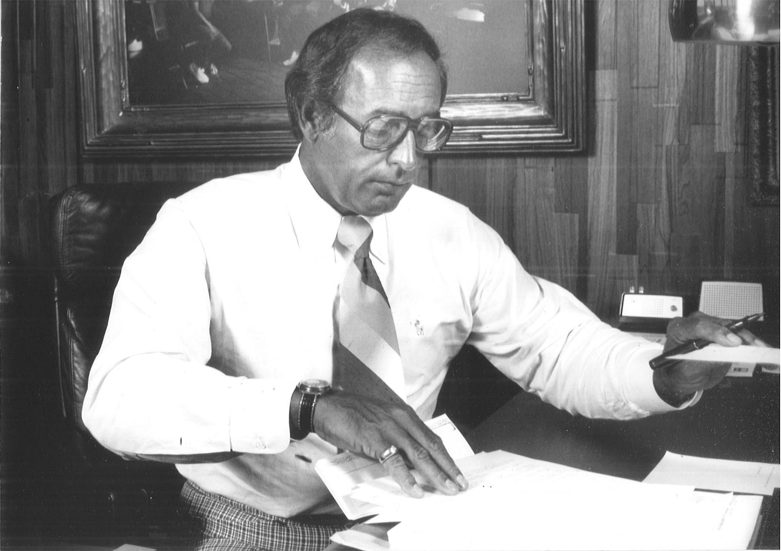In September, the jobless rate reached the lowest level since Barack Obama became president. The unemployment rate improved from 8.1 percent to 7.8 percent.
At a campaign event in Virginia, Obama said, “Today, I believe that as a nation we are moving forward again.”
However, Republican presidential nominee Mitt Romney did not hold the same thoughts. Romney said that an unemployment rate of 7.8 percent “is not what a real recovery looks like.” Romney also challenged Obama by saying, “We don’t have to stay on the path we’ve been on. We can do better.”
Whatever the case, this slight drop in the jobless rate supported Obama’s case that the economy is slowly mending itself and that failure of good stewardship is not a reason for Romney to replace him as president. The unemployment rate of 7.8 percent was a lift for Obama’s re-election hopes in the final weeks of the campaign.
The Labor Department reported that 114,000 jobs had been added last month and that the job growth in July and August was stronger than expected. Although it seems that positives changes are occurring, economist Sean Incremona of the company 4Cast said, “Generally, we are still seeing a mixed underlying picture that is neither too impressive nor terrible.”
On the other hand, a fellow economist, Omer Esiner of Commonwealth Foreign Exchange said, “The headline of the day is clearly the drop in the unemployment rate, which was a big surprise. There is something in these numbers for everyone. The rise in the participation rate shows somewhat of a real improvement in the labor market.”
Jack Welch, the former CEO of General Electric, caused a stir when he suggested that the figures for the unemployment rate had been manipulated somehow, a claim refuted by Hilda Solis, U.S. labor secretary.
“I’m insulted when I hear that because we have a very professional civil service,” she said.
In fact, the two surveys by the Labor Department, put together, suggest that the job situation is not as bad as it was thought to be. Despite this supposed “positivity,” the financial market is less than impressed. For example, the Dow Jones industrial average climbed up to about 86 points before slowly decreasing for rest of the day. Additionally, most of the increase in employment came from part-timers. 582,000 more people reported that they were working part-time last month instead of full-time jobs.
Economic troubles in Europe and Asia may also be contributing to the dropping rate of manufacturing employment. Factory hiring has been a source of economic strength for the past two years. However, the economic crisis in Europe and the slowdown in China are affecting the U.S.
Chris Jones, an economist at TD Economics stated, “the days of robust manufacturing payrolls growth are likely behind us.”
Obama strongly believes that this improvement is a great encouragement. He clearly stated that, “It shouldn’t be an excuse for the other side to try to talk down the economy just to try to score a few political points.”







